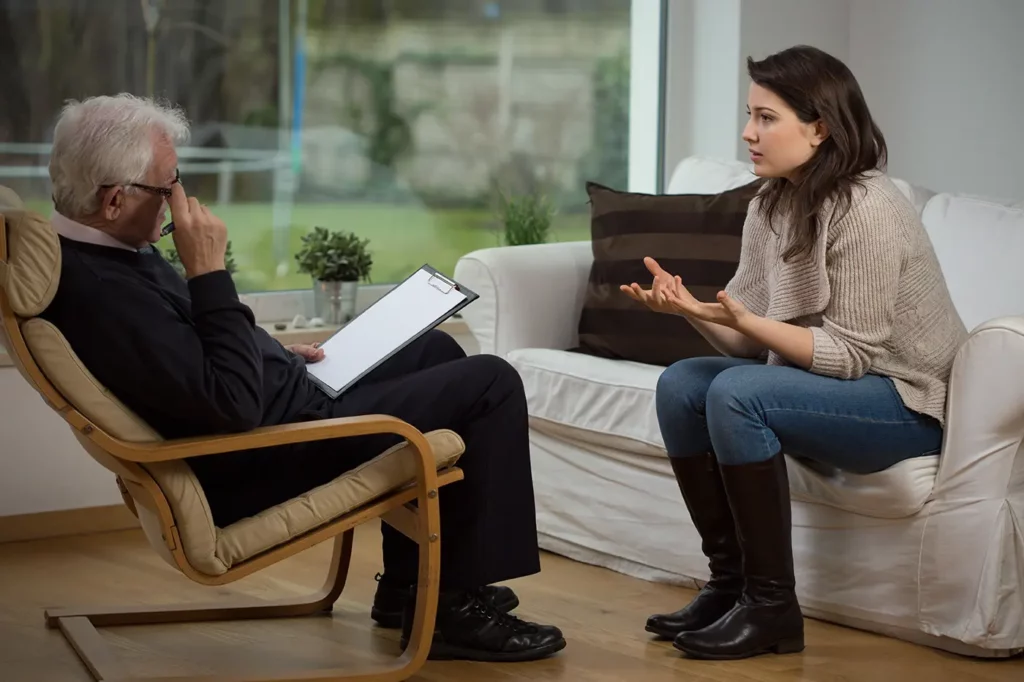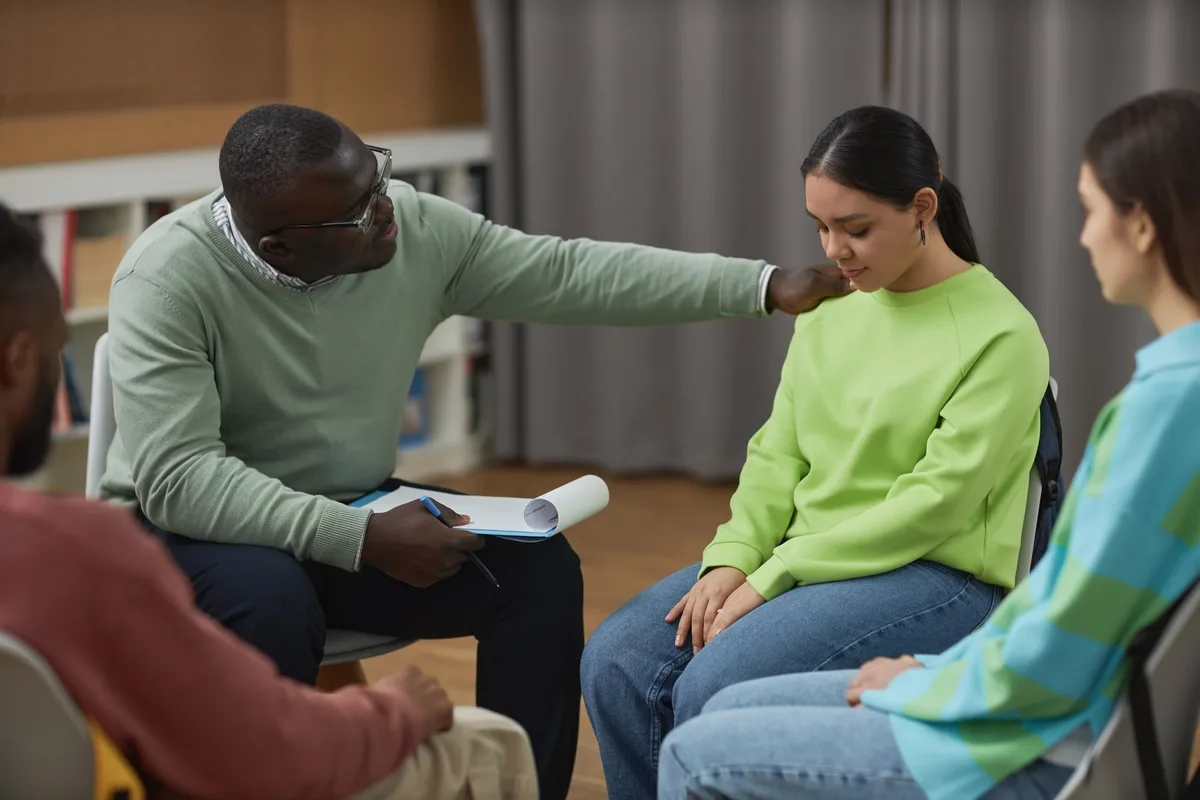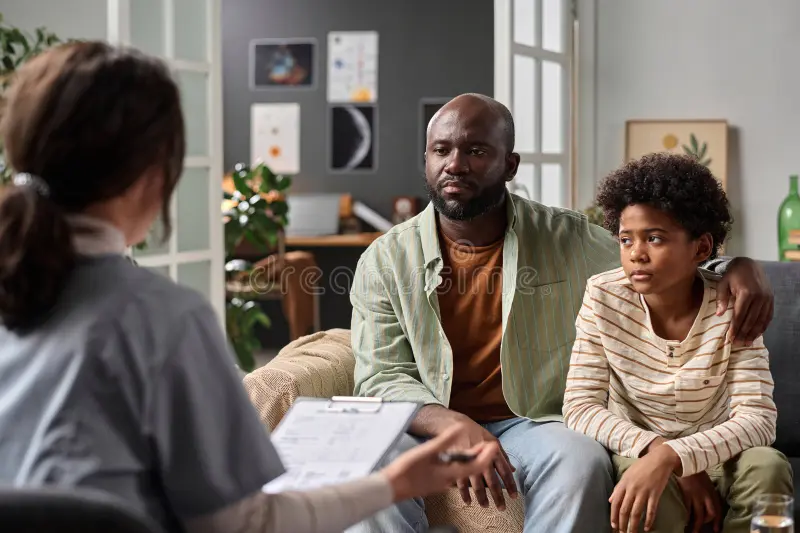24/7 Helpline:
(866) 899-221924/7 Helpline:
(866) 899-2219
Learn more about Ritalin Rehab centers in Bowling Green
Ritalin Rehab in Other Cities
Other Categories in Bowling Green

Other Insurance Options

Kaiser Permanente

Anthem

Amerigroup

Access to Recovery (ATR) Voucher

American Behavioral

Carleon

State Farm

United Health Care

BlueShield

Ceridian
Beacon

UMR

Sutter

Medical Mutual of Ohio

AllWell

Private insurance

EmblemHealth

Oxford

Evernorth

Health Choice










